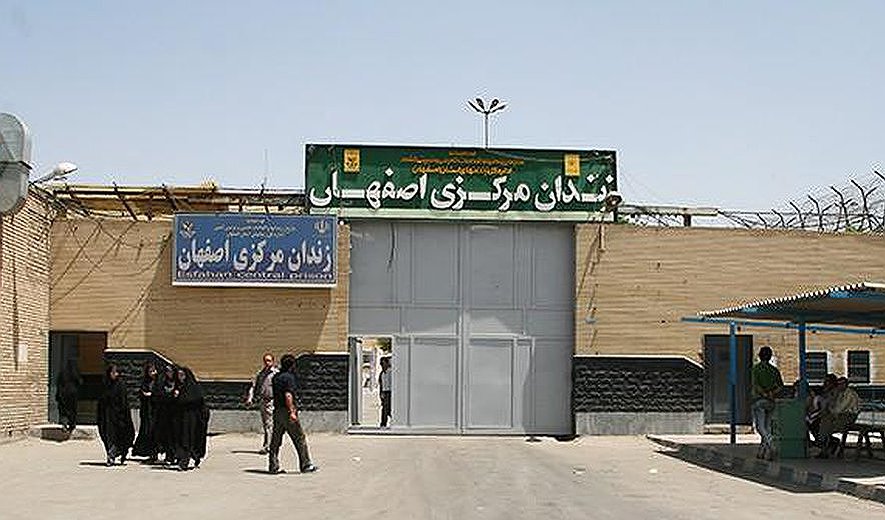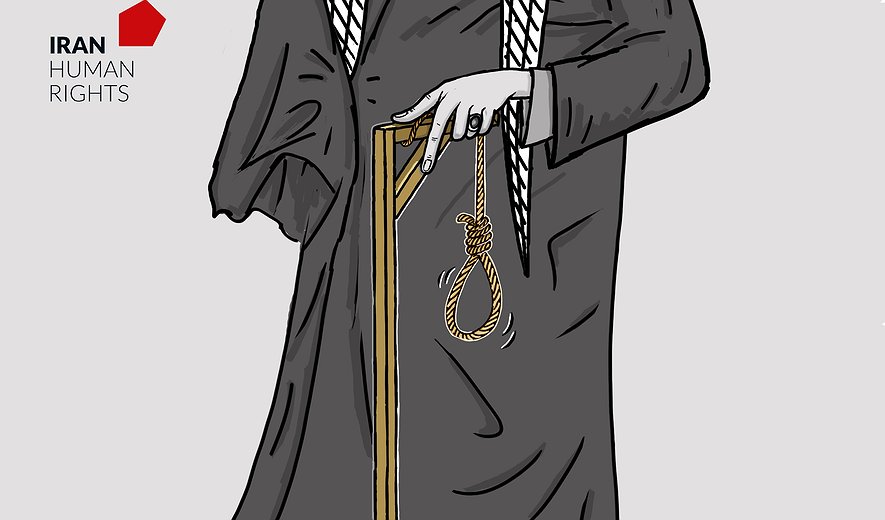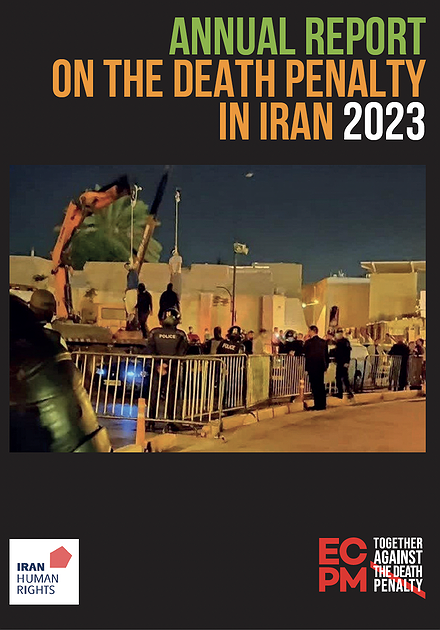2 Women Executed for Murder in Isfahan

Iran Human Rights (IHRNGO); July 11, 2023: Monireh Sayadat and Farzieh Shokrollahi, two women sentenced to qisas (retribution-in-kind) for murder, were executed in Isfahan Central Prison.
According to information obtained by Iran Human Rights, two women were executed in Isfahan Central Prison on 9 July. Their identities have been established as 32-year-old Farzieh Shokrollahi and Monireh Sayadat who were both sentenced to qisas for murder.
An informed source told Iran Human Rights: “Monireh Sayadat was a tailor prior to arrest and had been behind bars for three years for the murder of her husband. She’s turned herself into the police after five months. Monireh was in love with her cousin but both their families were against their marriage. They forced Monireh to marry her husband and the murder had taken place during a verbal argument. Farzieh Shokrollahi had been in prison for murder for around five years.”
“Prisoners have been told that all murder death penalties will be carried out in the next three months if defendants can't convince their victims' families to forgo execution,” the source added.
Those charged with the umbrella term of “intentional murder” are sentenced to qisas (retribution-in-kind) regardless of intent or circumstances due to a lack of grading in law. Once a defendant has been convicted, the victim’s family are required to choose between death as retribution, diya (blood money) or forgiveness.
At the time of writing, the two women’s executions have not been reported by domestic media or officials in Iran.
Iran is the biggest executioner of women. In 2022, at least 16 women were executed. Monireh and Farzieh are the eighth and ninth women to be executed in 2023. According to Iran Human Rights’ report on Women and Death Penalty in Iran on the occasion of World Day Against the Death Penalty, at least 164 women were executed between 2010-October 2021. In 66% of the known murder cases, the women were convicted of killing their husband or partner. Within the marriage, a woman does not have the right to divorce, even in cases of domestic violence and abuse, which are hidden in cultural codes and language.

